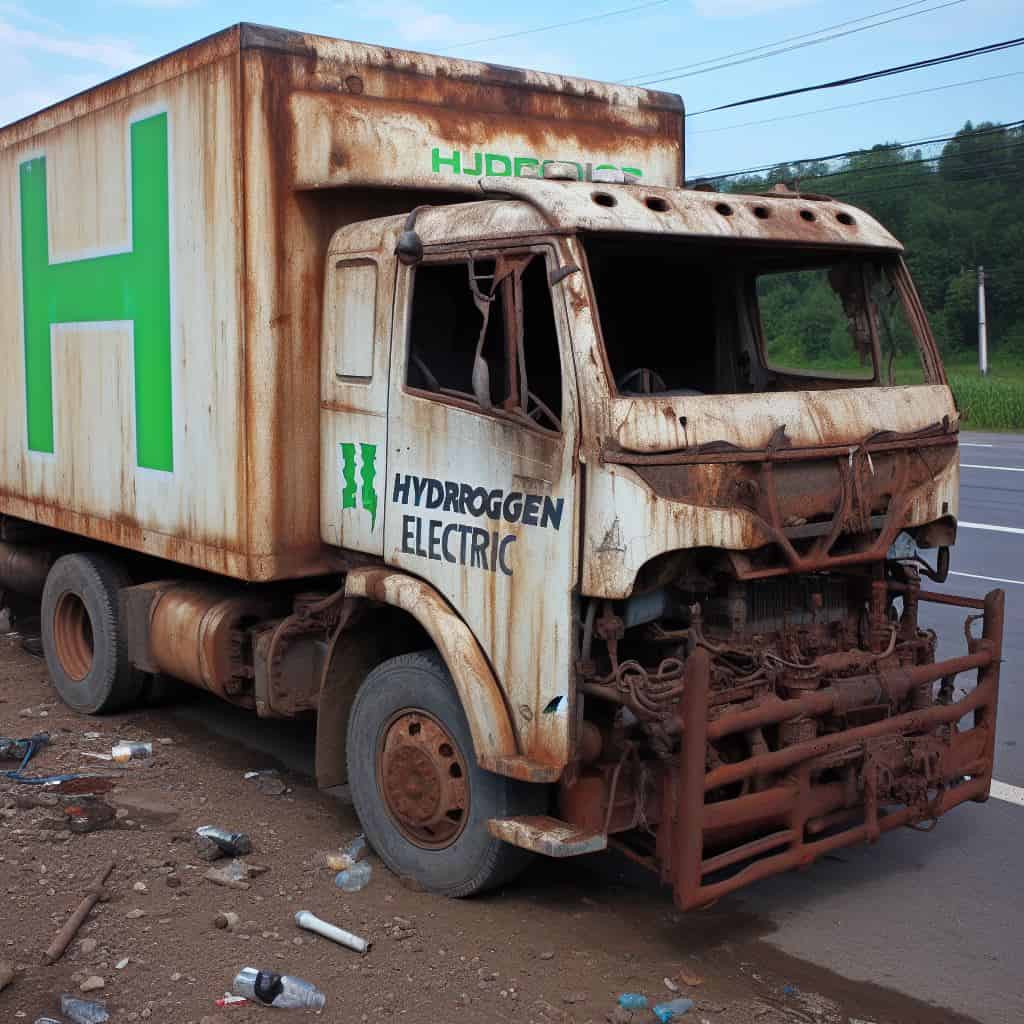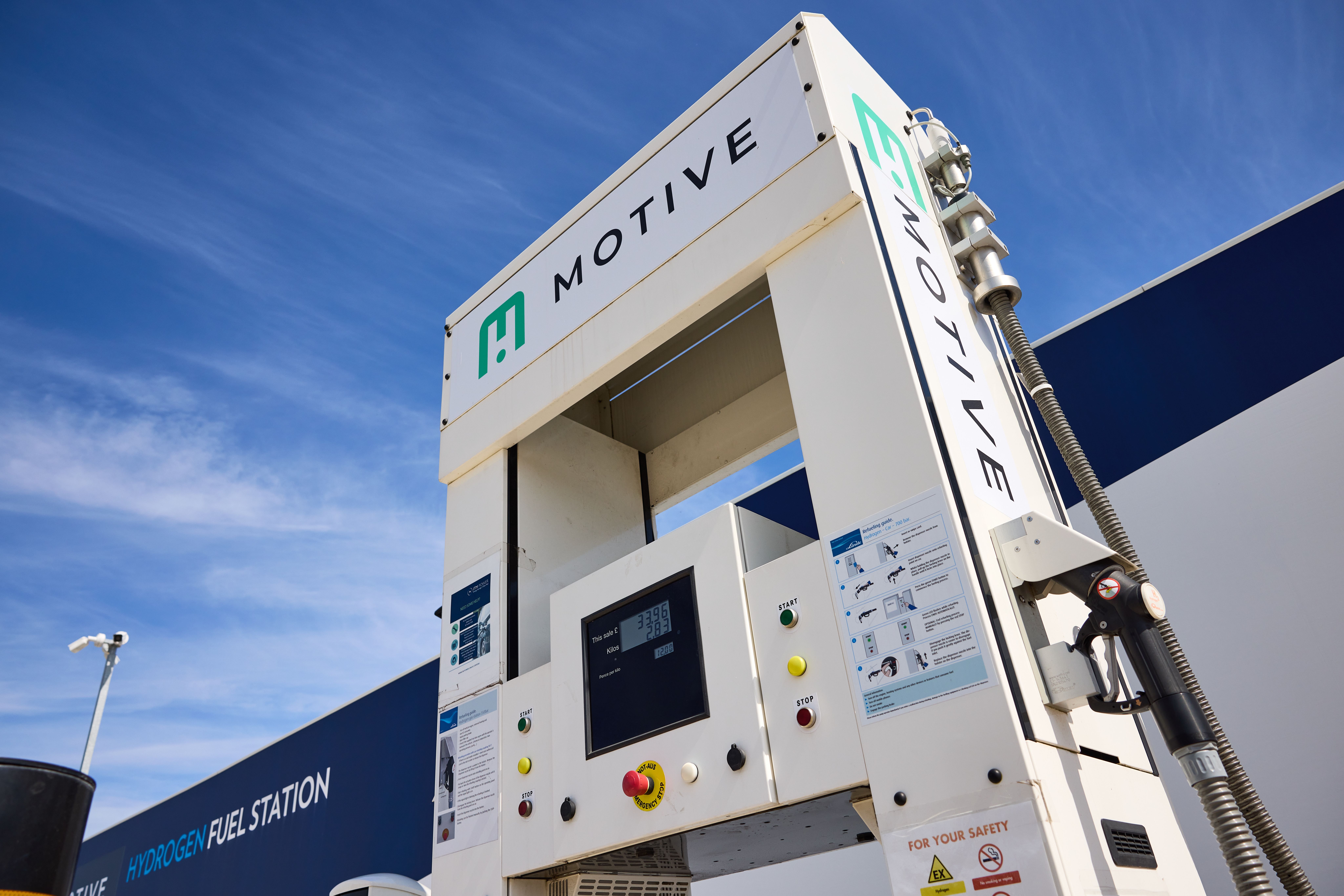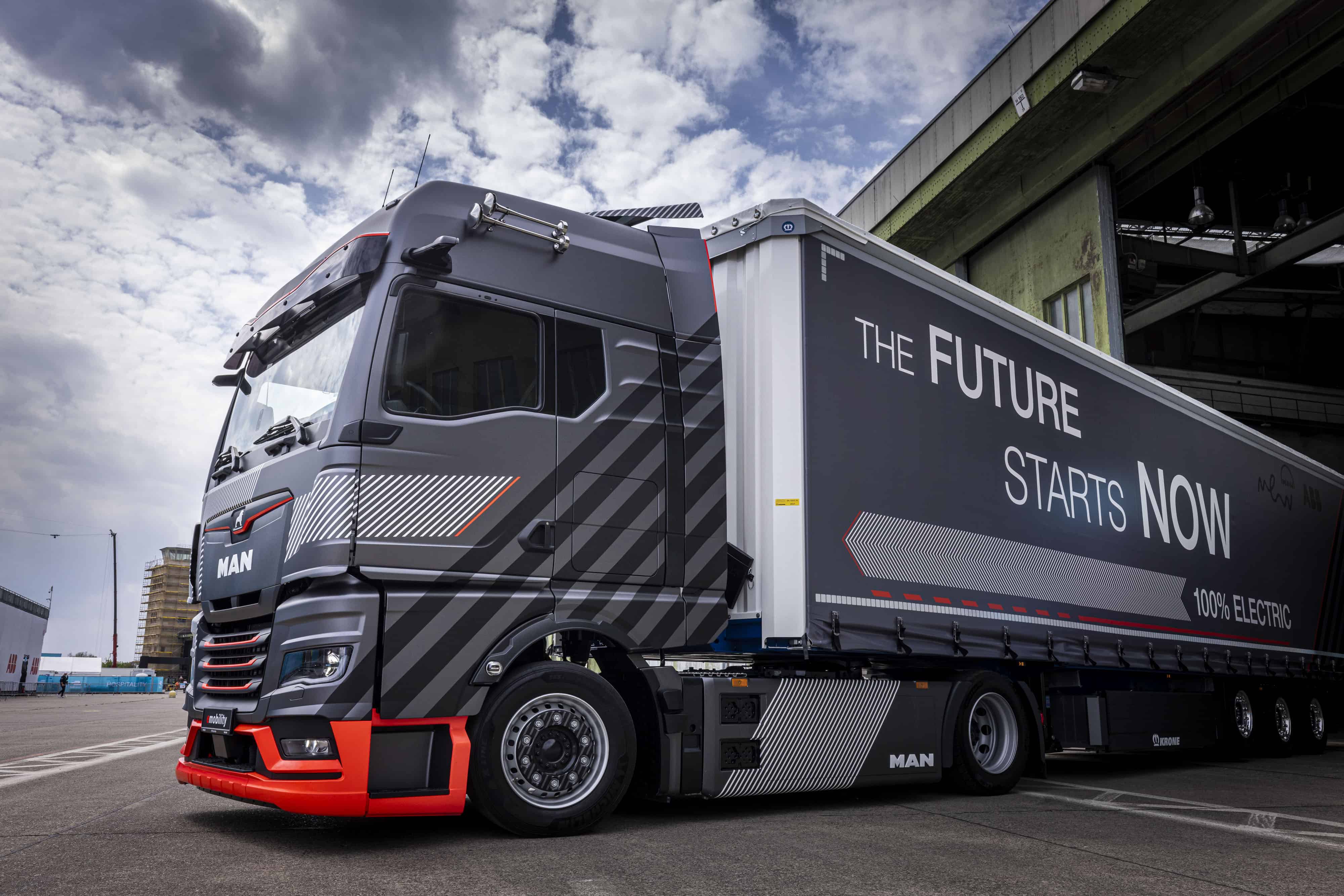
Ten years ago, the Netherlands launched its first hydrogen fuel station, aiming to resolve the infrastructure-demand dilemma. Now, a decade later, the Netherlands initiates a new subsidy program with a similar objective. Hydrogen transport resembles a subsidy-dependent zombie. Enthusiasm for hydrogen-powered transportation pervades governments worldwide. However, experts question the practicality and sustainability of this technology. Advocates assert that hydrogen boasts distinct benefits such as extended ranges and quicker refueling, ideal for heavy-duty transport. Nevertheless, battery electric trucks have emerged in the market, surpassing hydrogen prototypes on crucial economic measures.
- Global subsidies for hydrogen transport risk diverting resources from efficient battery-electric alternatives.
- Green hydrogen production should focus on replacing ‘grey’ hydrogen already used in industries.
- Substantial advancements in electric transport signify a significant shift in urban and long-distance transportation.
A false dawn for hydrogen?
Hydrogen transport’s appeal is undeniable, at least on paper. Its advocates champion its extended range and faster refuelling times, making it seemingly perfect for heavy-duty transport. Governments worldwide have embraced this vision, pouring subsidies into its development. Germany, for example, has seen Daimler Truck’s hydrogen-powered lorry complete a record-breaking 1,047-kilometre journey on a single tank. The Netherlands, meanwhile, has initiated a €150m plan to subsidise hydrogen vehicles and filling stations, in an effort to resolve the infrastructure-demand dilemma. A dilemma they have tried to solve with subsidies before.
However, while government enthusiasm for hydrogen transport abounds, the same cannot be said for experts in the field. Many question the practicality and sustainability of hydrogen technology. They highlight the carbon-intensive production process and the costly infrastructure required for hydrogen fuel cells. More importantly, they underline that the production of green hydrogen, produced using renewable energy, is not yet efficient enough to justify its use in transportation.
Limited green hydrogen: A zero-sum game
Even with governmental support, the hydrogen transport dream seems to be unravelling. The UK, for instance, has seen the number of hydrogen refuelling stations dwindle from 15 in 2021 to just five. This is mainly due to insufficient demand for hydrogen fuel cell-powered cars, reflecting a broader challenge for hydrogen adoption in passenger vehicles.

One major roadblock, as highlighted by experts, revolves around the insufficient availability of green hydrogen. Green hydrogen, produced using renewable energy sources, must see a substantial increase in production to meet the growing demands of the transportation sector. However, the present reality falls short, with an inadequate supply of green hydrogen even for existing industry requirements, let alone the expanding transportation sector. Currently, the industry relies heavily on ‘grey’ hydrogen, derived from natural gas or oil. Almost 10 million tons of grey hydrogen is produced within the EU per year. Currently there is the capacity to replace only a sliver of this with green hydrogen. Therefore, prioritizing the transition of current demand to green hydrogen should take precedence before expanding the demand for hydrogen.
The rise of electric transport
While hydrogen transport faces several roadblocks, the electric transport sector is experiencing remarkable growth and breaking barriers. A prime example of this shift can be seen in Tesla’s groundbreaking achievement, where one of its Semi electric trucks recently covered a staggering distance of over 1,000 miles in a single day. This milestone not only underscores the impressive capabilities of electric transport but also shatters previous doubts regarding their suitability for long-haul trucking.

This trend toward electrification isn’t limited to long-haul trucking alone. Cities around the world are making substantial investments in electric buses, garbage trucks, and various other forms of electric transportation. Until recently, the conventional wisdom held that these types of transport would transition from diesel to hydrogen. However, the reality is that they are now shifting from diesel to battery electric alternatives instead. For instance, in Europe, public transport operators are embracing the electric revolution, just as Svealandstrafiken in Sweden did by securing a significant contract for electric buses with Ebusco. Such commitments are integral to urban sustainability efforts and zero-emission fleet transitions, marking a substantial shift away from the once-anticipated hydrogen-based solutions. As the electric transport ecosystem continues to flourish, it is transforming the landscape of urban and long-distance transportation, offering cleaner and more sustainable alternatives.
A balanced approach to decarbonisation
Even as electric transport makes great strides, hydrogen transport still captures our imagination. However, this fascination could divert precious resources. The goal for green hydrogen production should be to replace its ‘grey’, polluting counterpart currently used in many sectors. Pouring money and resources into using hydrogen for transport, when battery-powered options are already efficient, could slow down the shift to electric. Both businesses and governments need to select the most practical and sustainable options as they plan for a greener future.

